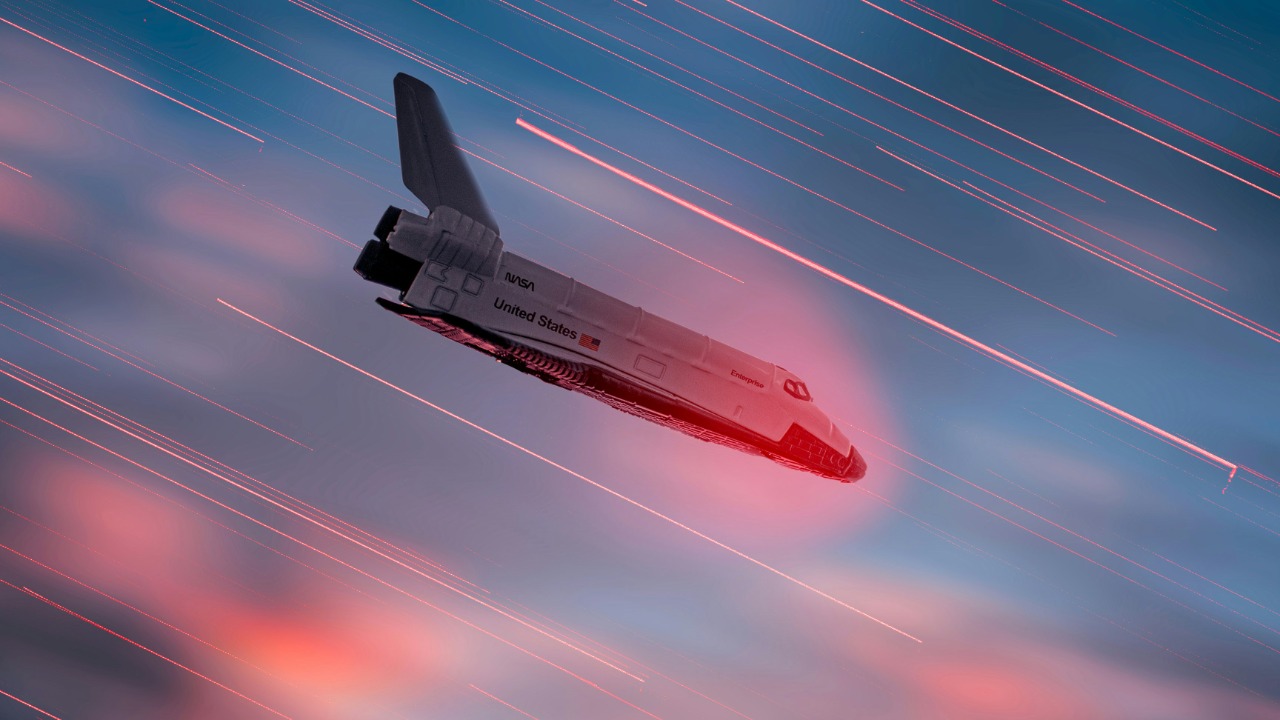
Recent advancements in hypersonic technology have opened up the possibility of aircraft flying at speeds ten times the speed of sound. This development, announced on November 14, 2025, pushes the boundaries of aviation to unprecedented levels. Coinciding with this, the world’s first hydrogen-fueled hypersonic jet, capable of reaching speeds up to twelve times the speed of sound, was unveiled on November 11, 2025. These breakthroughs build upon earlier research and innovations, such as China’s claimed breakthrough in hypersonic engine technology earlier in May 2025.
Defining Hypersonic Flight
Hypersonic speeds, defined as Mach 5 and above, represent a transformative threshold in aviation. This is in stark contrast to supersonic flight, which is merely faster than the speed of sound. Hypersonic flight presents unique aerodynamic challenges, including extreme heat and friction. These challenges, while significant, do not diminish the potential benefits of hypersonic flight. For instance, travel times could be drastically reduced, with intercontinental journeys taking mere hours instead of days.
Key Engine Technology Advances
One of the key advancements in hypersonic technology is the breakthrough in hypersonic engine technology claimed by China on May 23, 2025. This technology revives concepts originally developed in the US nearly seven decades ago. The innovation addresses the challenge of sustained propulsion at hypersonic speeds, offering efficiency gains over traditional jet engines. Furthermore, the technology can be integrated with existing aircraft designs, paving the way for broader adoption.
Hydrogen-Powered Hypersonic Jets
The world’s first hydrogen-powered hypersonic jet, unveiled on November 11, 2025, is capable of reaching speeds up to twelve times the speed of sound. Hydrogen, as a clean fuel source, offers significant advantages over fossil fuels, particularly in high-speed applications. However, engineering challenges such as fuel storage and combustion stability at extreme velocities must be addressed to realize the full potential of hydrogen-powered hypersonic flight.
Breakthroughs in Aerodynamic Research
Research published on November 13, 2025, has brought hypersonic flight closer to reality by focusing on turbulence mitigation. This research enhances vehicle stability and control during hypersonic transit, which is crucial for the safety of future prototypes. The findings also contribute to the development of improved safety protocols for hypersonic flight.
Overcoming Thermal and Structural Barriers
The hypersonic breakthrough announced on November 14, 2025, offers solutions for managing the extreme heat generated during sustained flight at ten times the speed of sound. Material innovations, such as advanced composites, are capable of withstanding temperatures exceeding thousands of degrees. These solutions have been validated through rigorous testing methodologies in simulated conditions, as reported by ScienceDaily.
Global Competition and Historical Context
The race for hypersonic technology is not limited to a single nation. The origins of hypersonic engine concepts can be traced back to US developments nearly seven decades ago. However, recent advancements by China, as reported on May 23, 2025, illustrate the ongoing global competition in this field. Despite the competition, there is potential for collaboration to accelerate the commercialization of hypersonic technology.
Future Implications for Aviation
The implications of these advancements in hypersonic technology are profound. Aircraft capable of flying at ten times the speed of sound could revolutionize global transport. The integration of hydrogen as a fuel source, as demonstrated by the world’s first hydrogen-powered hypersonic jet, could also bring significant environmental benefits. However, the integration of hypersonic travel into civilian airspace will require careful consideration of regulatory and infrastructural needs.
More from MorningOverview